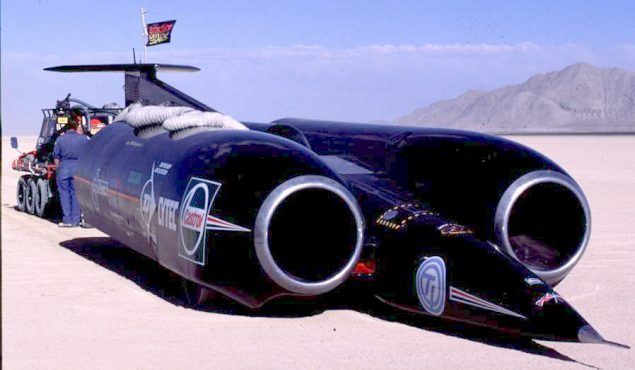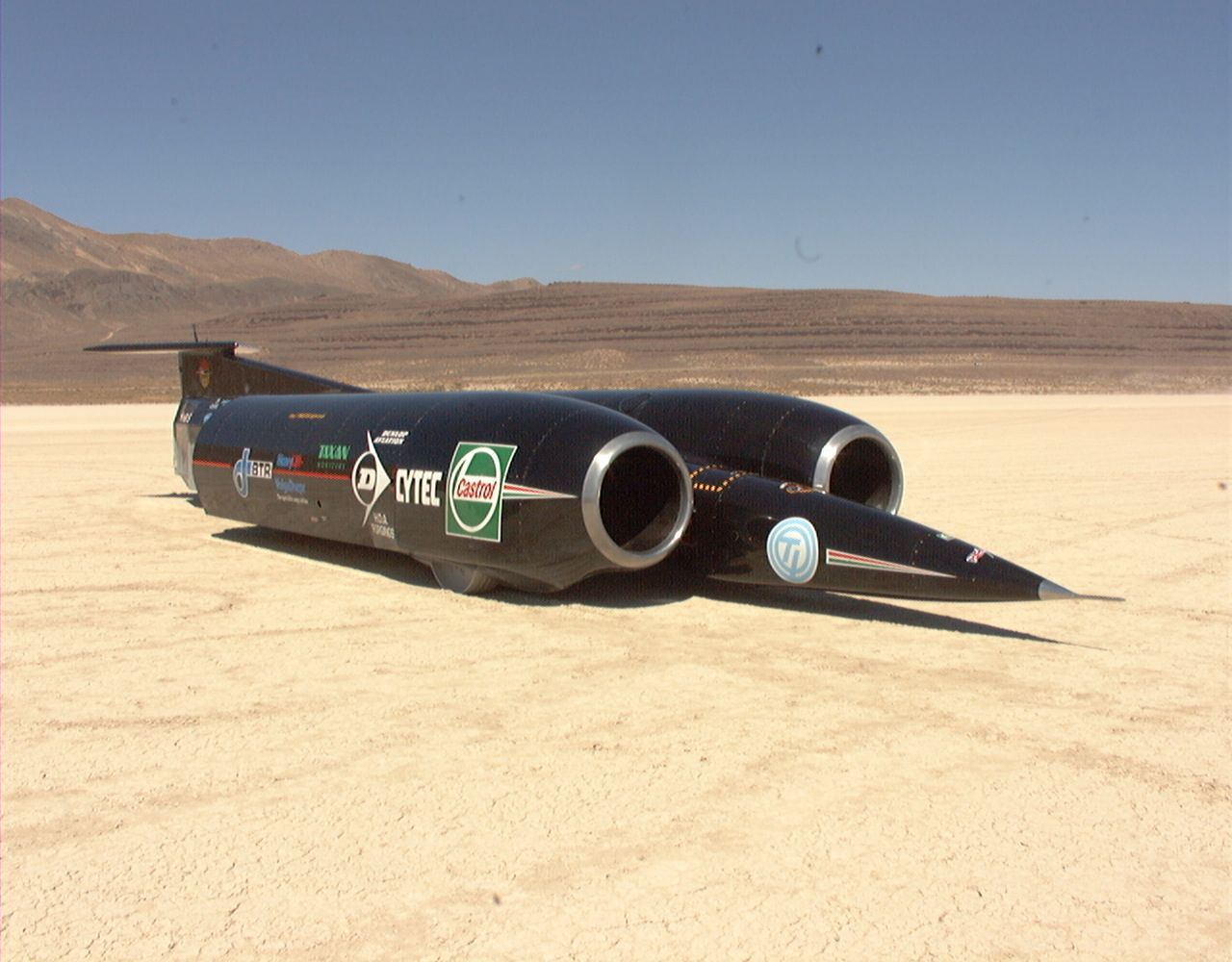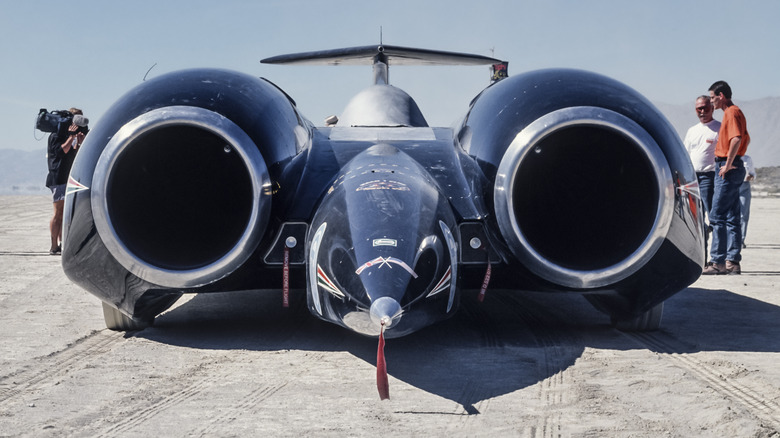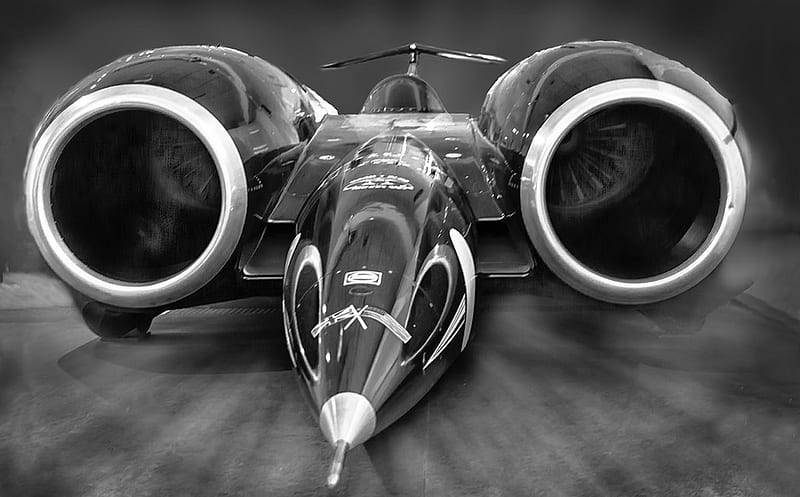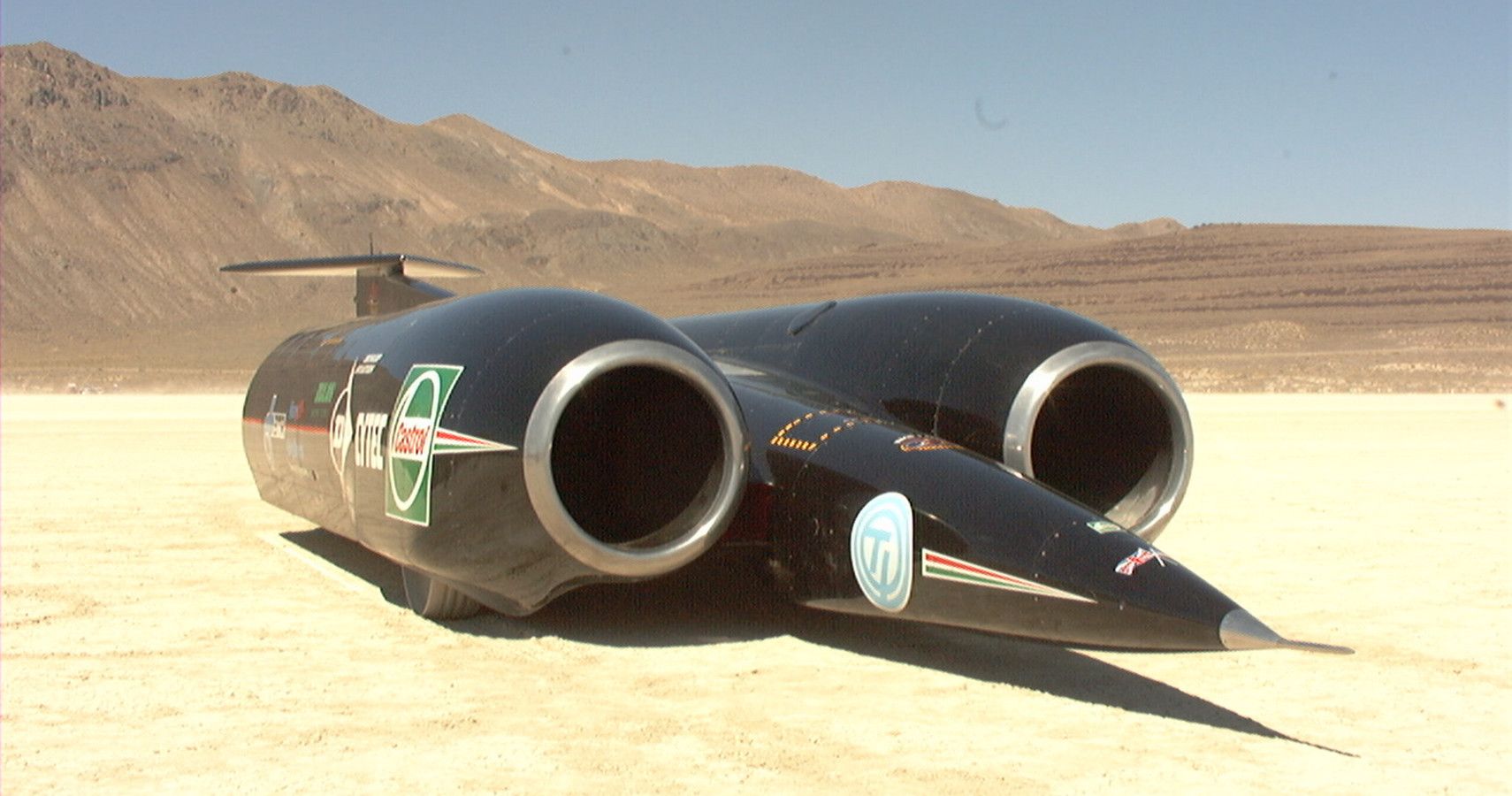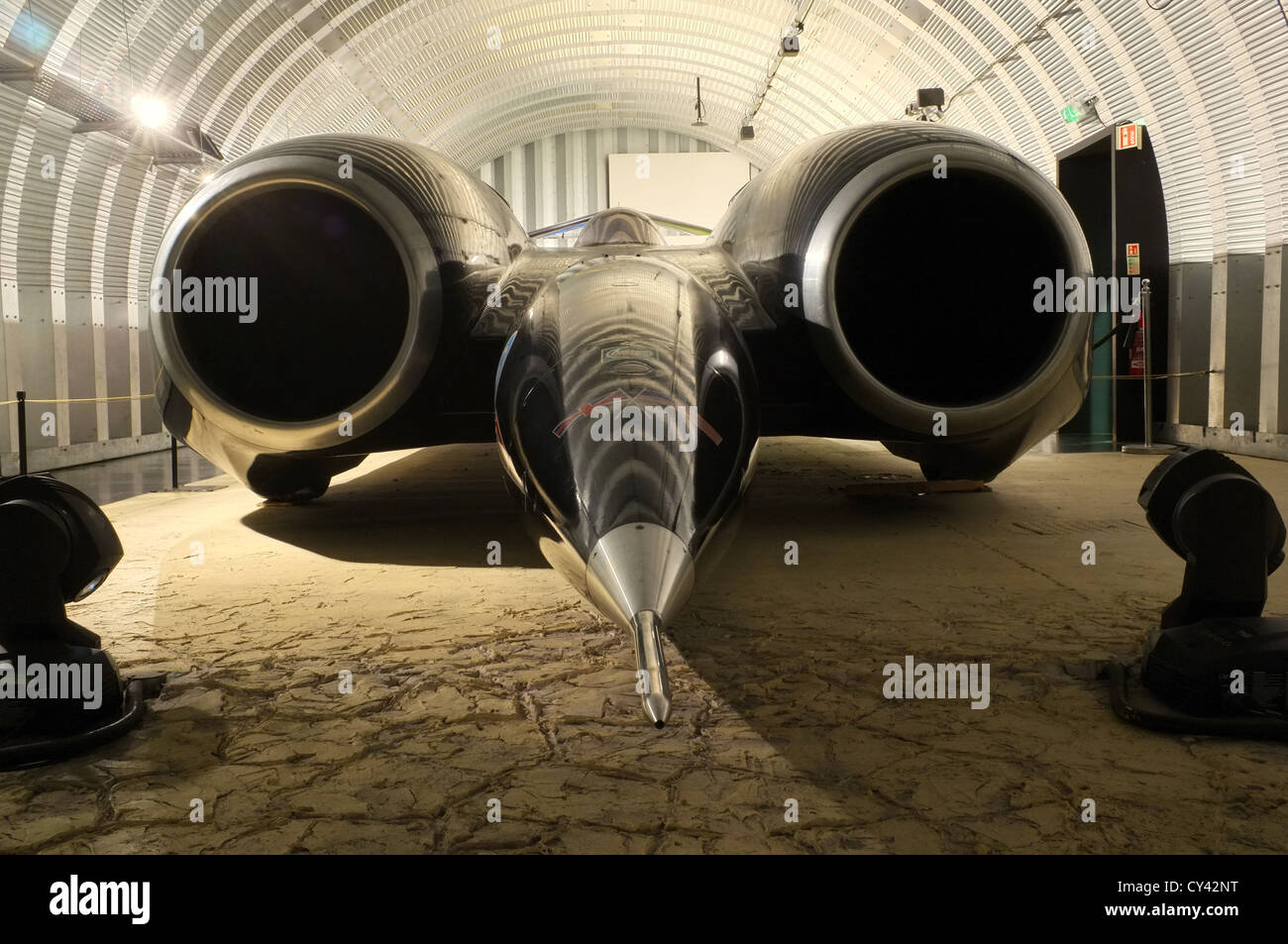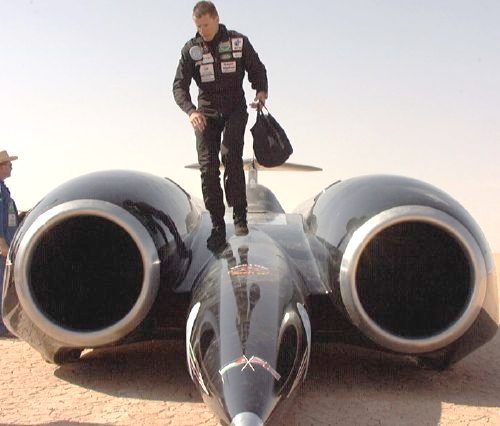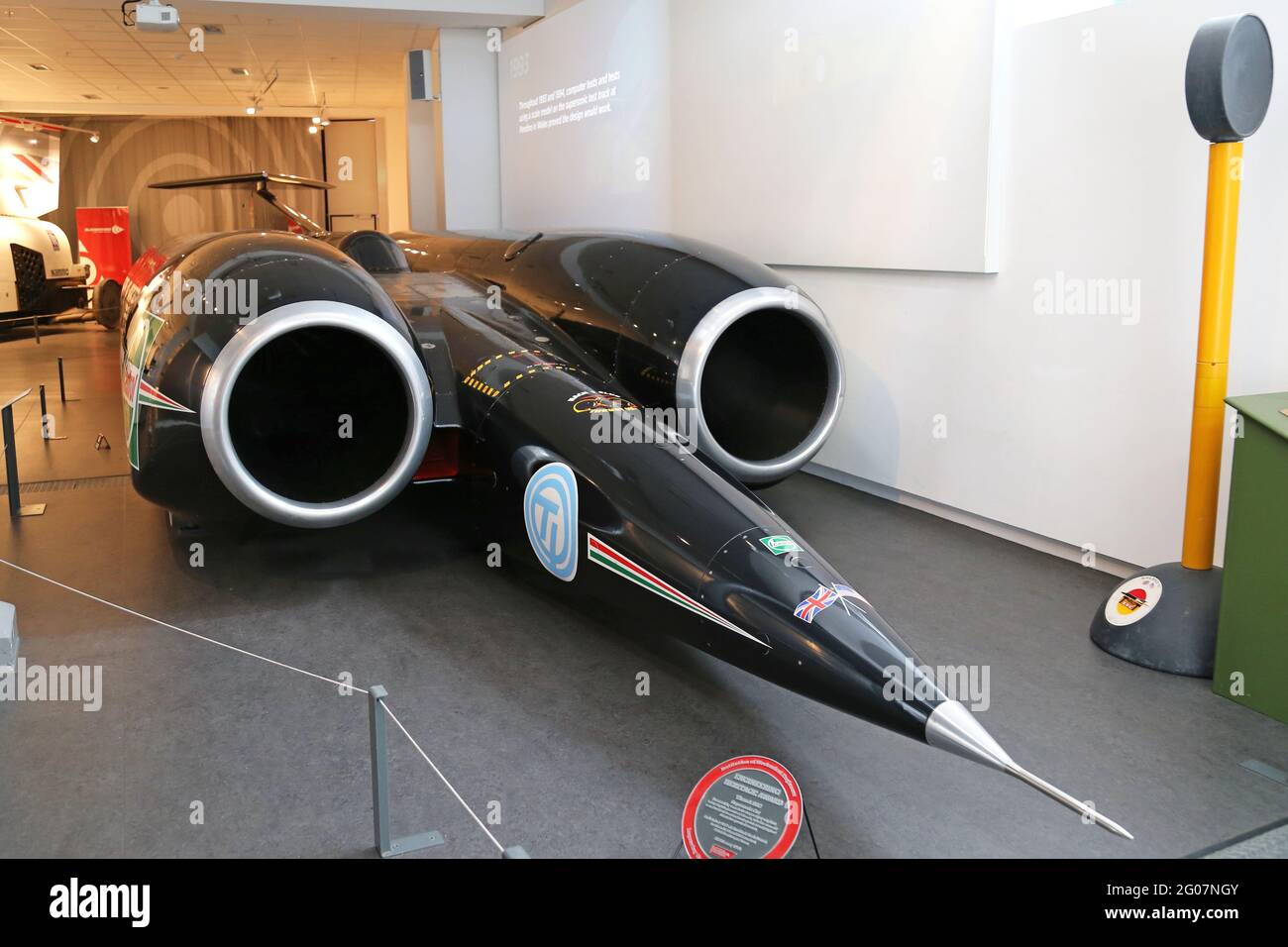Fastest Jet Car In The World
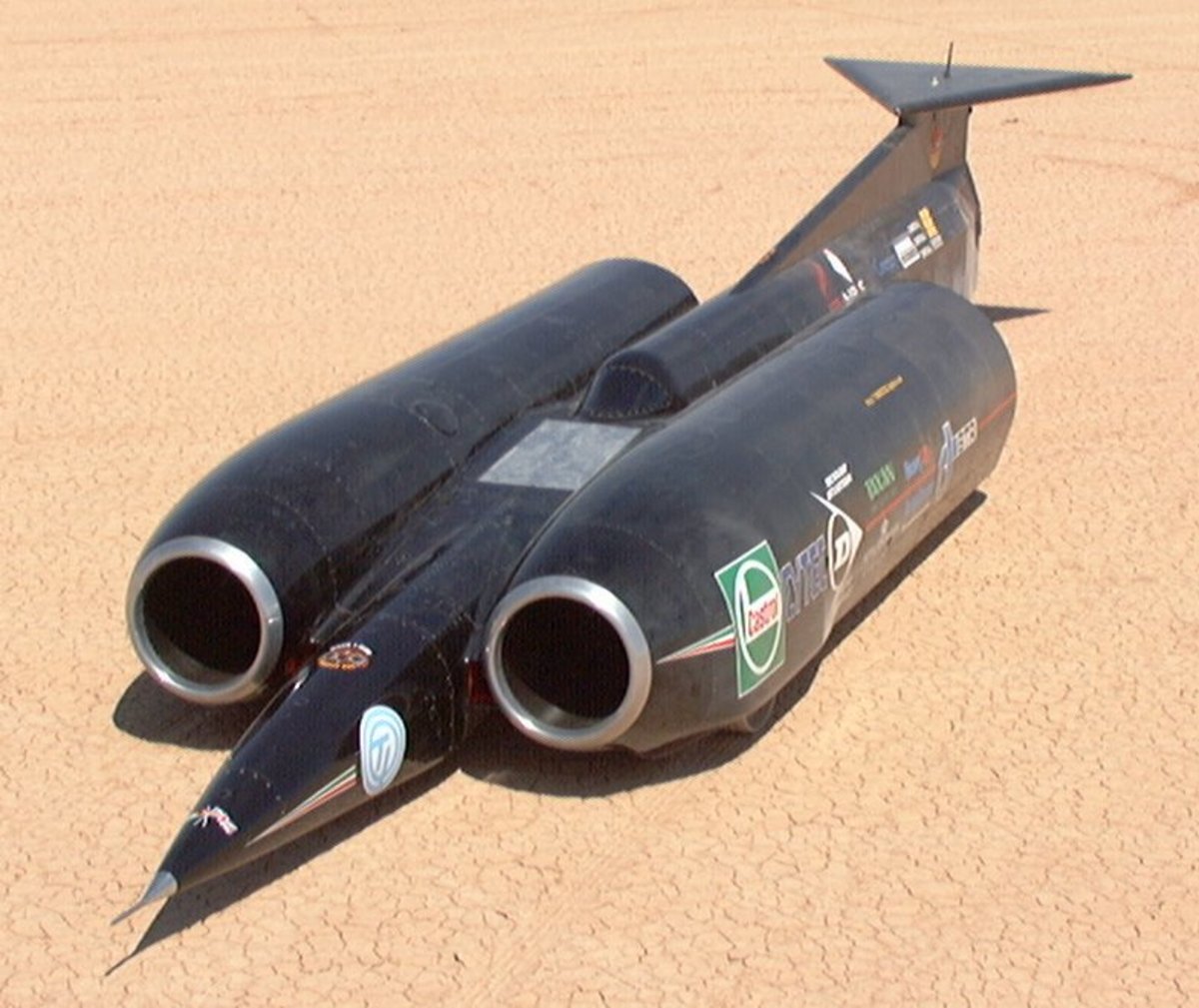
The salt flats of Black Rock Desert, Nevada, have once again echoed with the roar of raw power. An audacious feat of engineering and piloting has potentially rewritten the record books, pushing the boundaries of land speed further than ever before. The world watches, anticipating official confirmation that could etch a new legend into the annals of motorsports.
At the heart of this high-octane drama is the Bloodhound LSR, a jet-propelled car designed to shatter the world land speed record. This article delves into the groundbreaking attempt, examining the engineering marvel behind the vehicle, the risks involved, and the future of land speed record endeavors. It also explores the skepticism surrounding the run and the rigorous verification process that will ultimately determine its legitimacy.
The Quest for Speed: Bloodhound LSR's Ambitious Goal
The Bloodhound LSR project, formerly known as Bloodhound SSC, has been a decade-long endeavor fueled by passion and technological innovation. Its primary objective: to surpass the current land speed record of 763.035 mph (1,227.985 km/h), set by Andy Green in the ThrustSSC in 1997. The ultimate goal has always been to reach the elusive 1,000 mph mark.
The team behind the project, now under new ownership, aimed to breathe new life into the project. They sought to push the boundaries of engineering and inspire future generations of scientists and engineers. The project's mission transcended simply breaking a record; it was about demonstrating human ingenuity and the power of STEM education.
Engineering a Supersonic Car
The Bloodhound LSR is no ordinary vehicle. It is a hybrid rocket and jet-powered car, a fusion of cutting-edge aerospace and automotive technology. Its design incorporates elements from fighter jets, Formula 1 cars, and even spacecraft, reflecting the multifaceted engineering challenges involved.
The car's Rolls-Royce EJ200 jet engine, typically found in Eurofighter Typhoon aircraft, provides the initial thrust. A Nammo hybrid rocket motor supplements this, generating additional power to propel the car to supersonic speeds. The streamlined body, crafted from aerospace-grade aluminum alloy, minimizes drag and ensures stability at extreme velocities.
The wheels, forged from solid aluminum, are designed to withstand centrifugal forces exceeding 50,000 Gs. This is critical for maintaining structural integrity at such immense speeds. The car's sophisticated braking system, combining air brakes and parachutes, is crucial for safely decelerating from supersonic velocity.
The Black Rock Desert Run: Details and Preliminary Results
The recent attempt at the Black Rock Desert saw the Bloodhound LSR piloted by experienced driver Andy Green. Green, also the holder of the current land speed record, has been intricately involved in the project since its inception.
Initial reports indicate that the car reached a peak speed exceeding 800 mph. The team collected a wealth of data from sensors embedded throughout the vehicle. This data will be crucial for validating the run and determining its official speed.
However, achieving official record status requires meeting stringent criteria set by the Fédération Internationale de l'Automobile (FIA). This includes completing two runs in opposite directions within a specified time frame, with the official speed calculated as the average of the two runs.
Skepticism and Verification: The Road to Official Recognition
Despite the promising preliminary results, skepticism remains. The land speed record community is known for its rigor and attention to detail. Every aspect of the run will be scrutinized, from the accuracy of the timing equipment to the integrity of the course.
Concerns have been raised about the altitude, wind conditions, and the consistency of the salt surface. These factors can significantly impact the car's performance. Independent observers will analyze the data and verify that the run adhered to FIA regulations.
Furthermore, the Bloodhound LSR team must provide verifiable evidence that the car's speed was accurately measured using multiple independent systems. This could include GPS tracking, radar measurements, and laser-based timing devices.
Looking Ahead: The Future of Land Speed Records
Regardless of the outcome of this particular attempt, the Bloodhound LSR project has undeniably advanced the field of land speed record endeavors. It has demonstrated the potential of new technologies and inspired a new generation of engineers. It has captured the imagination of people worldwide, reigniting interest in the quest for speed.
The project has also highlighted the challenges and complexities involved in pushing the boundaries of land speed. Achieving truly groundbreaking speeds requires not only technological innovation but also meticulous planning, unwavering dedication, and a healthy dose of courage. Even with advanced materials and engines, controlling these vehicles at record setting speed is a huge challenge.
The future of land speed records will likely see continued advancements in propulsion systems, materials science, and aerodynamics. Whether the 1,000 mph barrier is broken by the Bloodhound LSR or another ambitious project remains to be seen. The pursuit of speed will undoubtedly continue to drive innovation and inspire dreams of breaking new ground.
